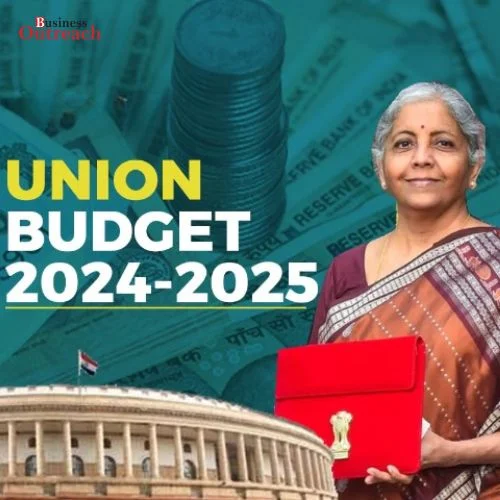Introduction
In Financial Year 2023-24 (FY24), state governments and union territories in India are anticipated to face escalating borrowing costs, attributed to increasing bond yields and the widening of spreads by up to 15 basis points, as reported by the ratings agency ICRA.
Widening Spreads in FY24
ICRA predicts a noticeable rise in the spreads for state government bonds over government of India bonds (G-secs), particularly in the fourth quarter of FY24. This is a significant development compared to historical trends.
Changing Spread Dynamics
Aditi Nayar, Chief Economist of ICRA, points out that in pre-pandemic times, the typical spread between 10-year state government bonds and G-secs ranged from 60 basis points in the first three quarters (Q1 to Q3) to 80-100 basis points in the final quarter (Q4). However, she notes that the spread is unlikely to reach the previous Q4 levels in the current scenario. There has been a shift towards a lower spread regime, with a projection of under 40 basis points for most of the year. In the fourth quarter, the spread is expected to be in the range of 40-55 basis points.
Capital Expenditure Projections
ICRA indicates that the combined capital expenditure of 13 major state governments, included in their sample, is poised to grow by 29% year-on-year, reaching Rs 6.2 trillion in FY2024 compared to Rs 4.8 trillion in FY23. However, it may marginally fall short of the FY2024 Budget Estimate (BE) of Rs 6.7 trillion.
Fiscal Deficit Challenges
Due to anticipated revenue shortfalls in comparison to budgeted targets, the fiscal deficit of the sample set of state governments is estimated to be Rs 2.1 trillion, exceeding the budgeted Rs 1.4 trillion in FY24. Consequently, the fiscal deficit is expected to rise to Rs 8.3 trillion, surpassing the budgeted Rs 7.7 trillion.
Increasing Leverage
The leverage level, which encompasses both debt and guarantees, of the sample states is projected to increase to 30% of the Gross State Domestic Product (GSDP) in FY2024, up from 28.9% of GSDP in FY2023.
Conclusion
In the forthcoming fiscal year, the anticipated ascent in lending expenses and the fiscal hurdles loom as substantial apprehensions for the regional administrations of India, profoundly influencing their budgetary objectives and financial robustness. The vigilant observance of these unfolding events shall stand as an imperative requisite for the preservation of fiscal equilibrium and the formulation of strategic economic blueprints.














